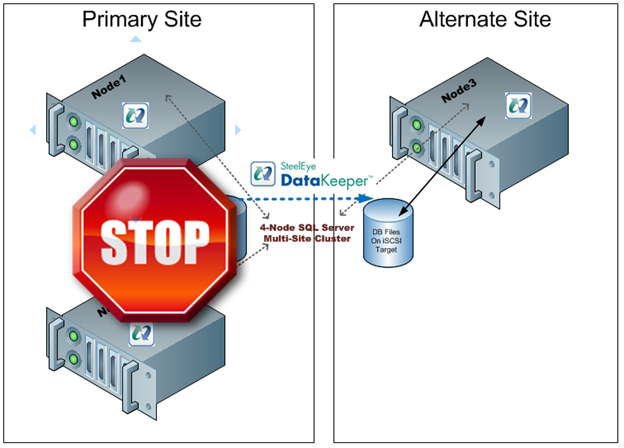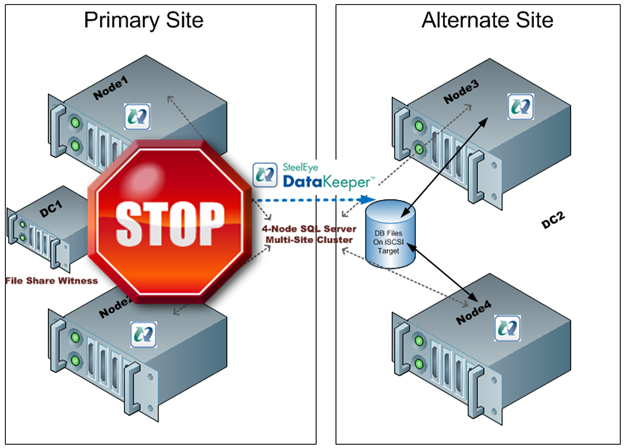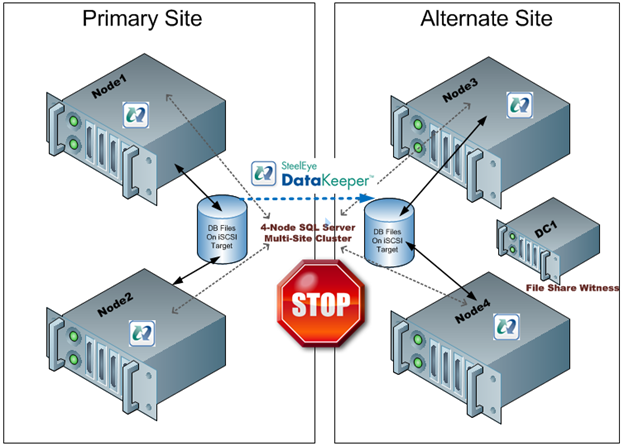Here is a great video from a friend of mine and former MVP Cluster Lead, Symon Perriman. It looks like he is enjoying his new job as Microsoft product evangelist.
Video: Failover Clustering & Hyper-V: Multi-Site Disaster Recovery
http://technet.microsoft.com/en-us/edge/Hh133452
Reproduced with permission from https://clusteringformeremortals.com/2011/05/11/failover-clustering-hyper-v-multi-site-disaster-recovery/




